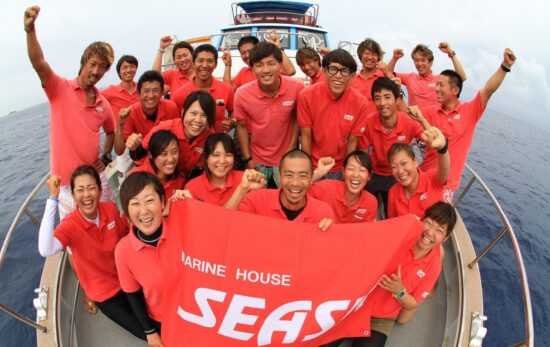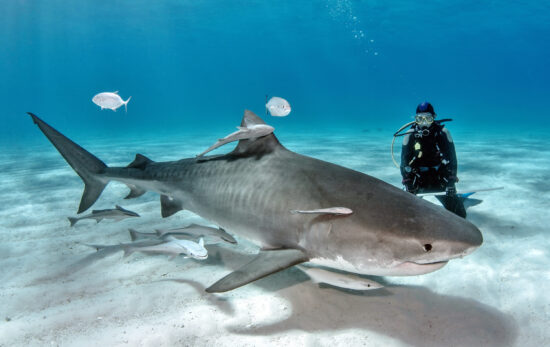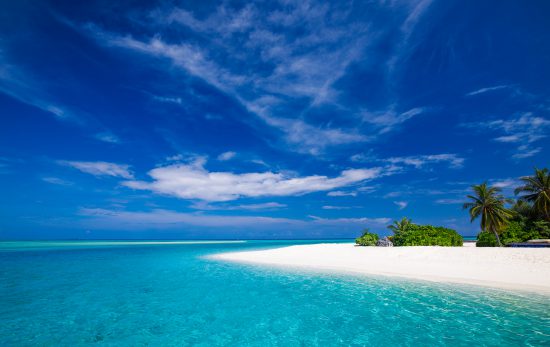PADI Mermaid courses are becoming more popular around the world. You’ve likely seen mermaids on social media and maybe even in real life, and you may be wondering why you should become one and how to do so. To clear up some of the most frequently asked questions about being a mermaid, we sat down with PADI Mermaid Instructor Mara Restelli at the beautiful Pullman Maldives Maamutaa. Read the interview below to find out what it’s like to be a real-life mermaid in paradise.
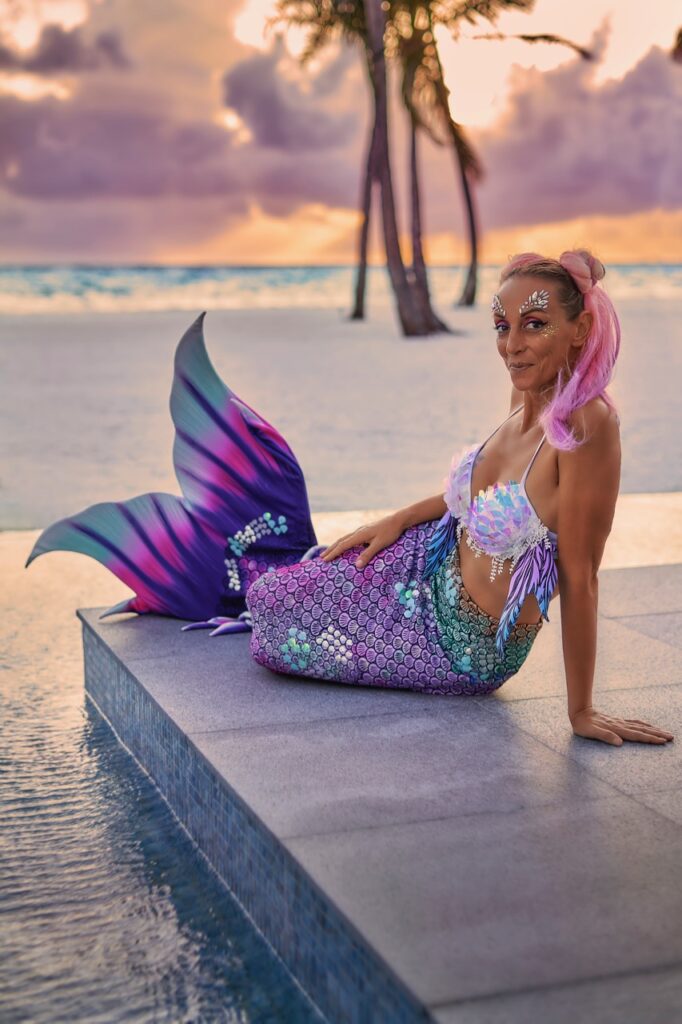
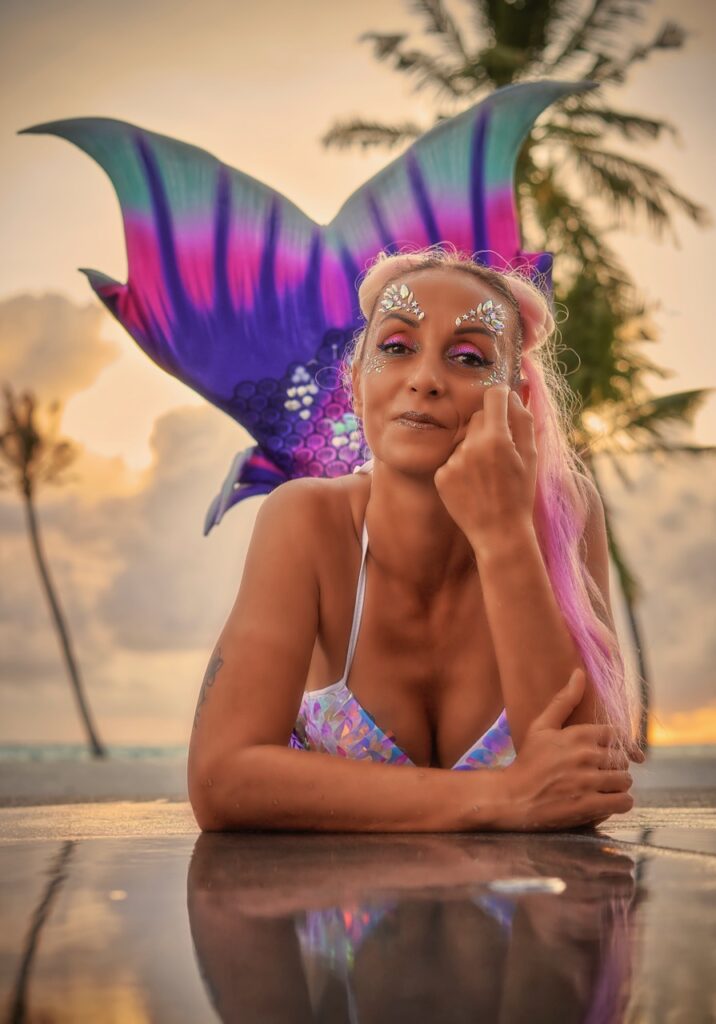
1. Can you tell us a little bit about your personal history? When did you start mermaid-ing and why did you decide to become a professional mermaid?
I was 3 years old the first time I entered into a swimming pool when my mom signed me up for a swim class. It was love at first jump and I loved swimming underwater even. The feeling of freedom and connection with this element cast its spell on me.
I was travelling around the world until I found my second “home” here in Maldives where I became PADI diving instructor. This has been the best decision of my life, because the ocean became my “everyday office”. Later on, I started mermaid-ing when I got my first tail. I still remember the emotions of the first swim dressed as a mermaid, which was the beginning of a new passion. Swimming as a mermaid is a completely different feeling from scuba diving. It makes me connect even more with the ocean. It also allows me to express my creativity side, choosing the tails, the colors, the accessories and posing underwater.
Becoming a professional mermaid was a natural step. It’s a dream that comes true!
It really is an opportunity for me to share my passion with other people who have the same mermaid dream. Teaching people to become a mermaid, knowing that I am doing something to fulfill their dream, gives me so much happiness. It is very rewarding.
2. What type of equipment do you use to be a mermaid? How many mermaid tails do you own, and how do you choose the color and style?
I use a monofin designed for mermaids, which is made of recycled plastic, a mermaid tail and a matching top. I have many different colorful hair wigs, with which I create different styles, face crystals, water-proof make up and eco-friendly glitter.
At the moment, I have 4 different tails, 2 sequin tails, which I use for photo or video shooting in the swimming pool, 1 fabric tail and 1 neoprene tail. I choose the style based on their use: for shooting pictures and video or for teaching. Regarding the colors, I love all the tails that I see. Sometimes it is very difficult to choose, but normally I make a decision based on the environment so as to have the best contrast for the photo shoots.
3. How do you stay fit for freediving and being a mermaid?
I do some exercise at least twice a week, especially during those days I had no opportunity to dive or move enough. Normally I do some stretching, run or swim, plus some breathing exercises, too. I have to admit I do not follow a specific routine as my job keeps me very active every day.
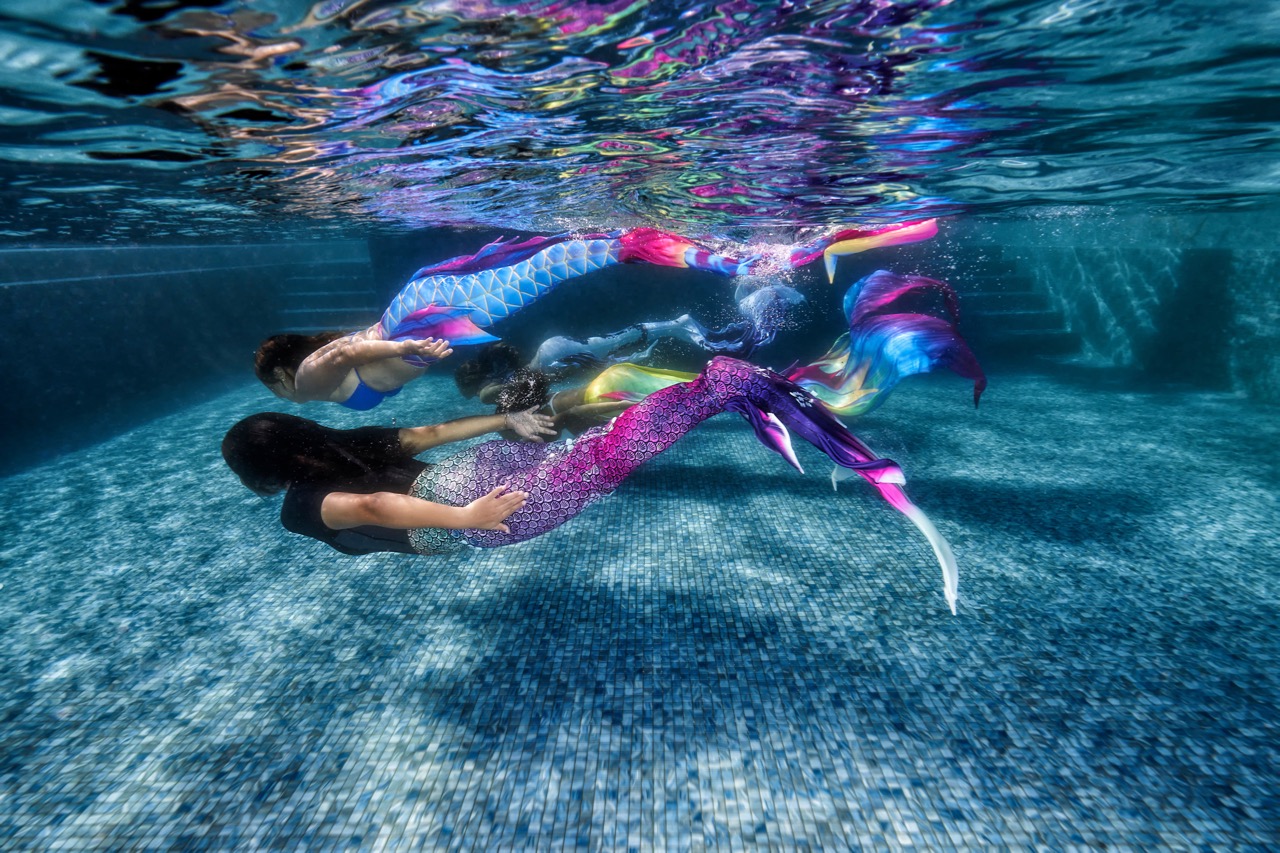
4. How do you get used to swimming underwater with your eyes open?
I have been swimming with my eyes open since I was a kid. I find it to be somewhat natural. To all my students trying for the first time to open their eyes underwater, I suggest they do it gradually in order to get used to the feeling. If they feel any discomfort because of the salty water, for example, I suggest that they open and close their eyes frequently. It helps to get over it quickly.
5. What’s it like to live and work as a mermaid in the Maldives? Would you recommend underwater enthusiasts travel to the islands?
I feel like it’s a privilege. I live and work in one of the most beautiful places on Earth, surrounded by the ocean where the marine life is incredible. Waking up every morning with this beautiful view makes me feel good; it gives me a lot of energy and excitement.
Planning any course or photo session is very easy because the water is just 5 seconds away from us.
Definitely, this is a place that all the underwater enthusiasts need to visit at least once in their life. It is an unforgettable memory! Additionally, considering that a mermaid’s home is the ocean, where is a better place to go?
6. We know the pain of traveling with scuba equipment. What’s it like to travel with mermaid equipment?
While scuba diving equipment is a necessity, mermaid equipment provides more flexibility. I can choose how many and which tails to bring with me. Probably, carrying the monofin is the hardest part, but nowadays, there are specific mermaid bags designed to carry mermaid tails and monofins, which help a lot during travel.
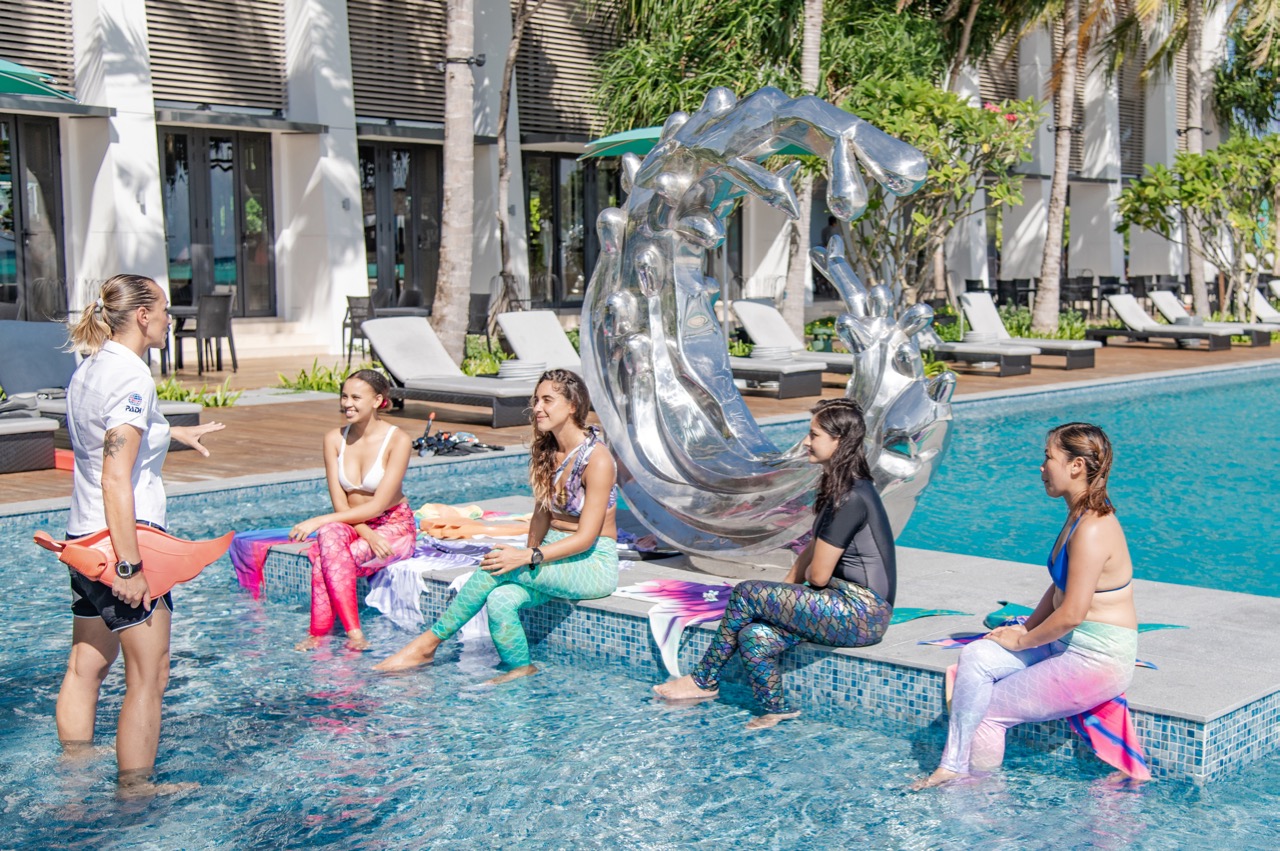
7. Other than becoming a PADI Mermaid Instructor, what other types of jobs are available to professional mermaids?
The most common job is to work as a performer for parties. This is becoming very popular. Many mermaids are hired for birthday celebrations or kids’ pool parties. Working with a live audience in an aquarium, for example, is another option, or you might want to become a professional underwater model. There are many choices, and most importantly, we can always come up with something new!
8. How can our readers become mermaids? What are the requirements for the course and how many days does the course take?
The first step is to find a PADI center that offers mermaid courses, which you can do here.
Depending on the level of the course, there are different requirements. For the Basic Mermaid course, for example, the minimum age is 6 years old, with the ability to swim at least 25 meters without aids and the ability to float comfortably at the surface for at least 5 minutes. The minimum recommended hours for this course is 6. It can be completed in 3 or 4 days.
9. You’ve been a professional mermaid for a while. What’s your best (funniest) mermaid story?
One time during a photoshoot in the afternoon for some inexplicable reason black tip sharks and big nurse sharks came close to check on me.
It was an amazing experience to have these magnificent creatures swimming all around. I could not see them properly as I was not wearing a mask, but I could feel their presence.
One additional funny adventure was when a turtle came to poke onto my tail, probably mistaking it for a huge jellyfish.
If you’re ready to sign up for a PADI Mermaid course, click here to find a PADI Mermaid Center near you.
